 |
 |
 |
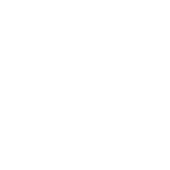
|
Koen Vanderstukken: Virtual reality
|
|
 |
FROM HARD AND COLD TO SOFT AND WARM
- Glass Art in Flanders, a state of affairs
In the 60s, the emancipation of the ‘applied’ arts began: textiles, ceramics, glass, etc were gradually accepted as art media for free art, too. In Flanders, the glass got into gear only slowly. Now, however, ‘glass art’ stands as a rock.
First of all, in Flanders glass has no specific characteristics that can categorize an artist or a work of art as typically Flemish. Like most trends in art also glass is part of an international movement, and there is so many mutually influencing that we still use the term of forty years ago. The Studio Glass Movement was and is an international movement, more than an organization which has an English name because its first followers were American and British, and because English usually is the language of communication for glass artists, too. The technical jargon glass artists use is almost entirely English.
|

|
Posted 9 January 2014
|
Share this:
|
|
|
|
|
|
|
|
|
|
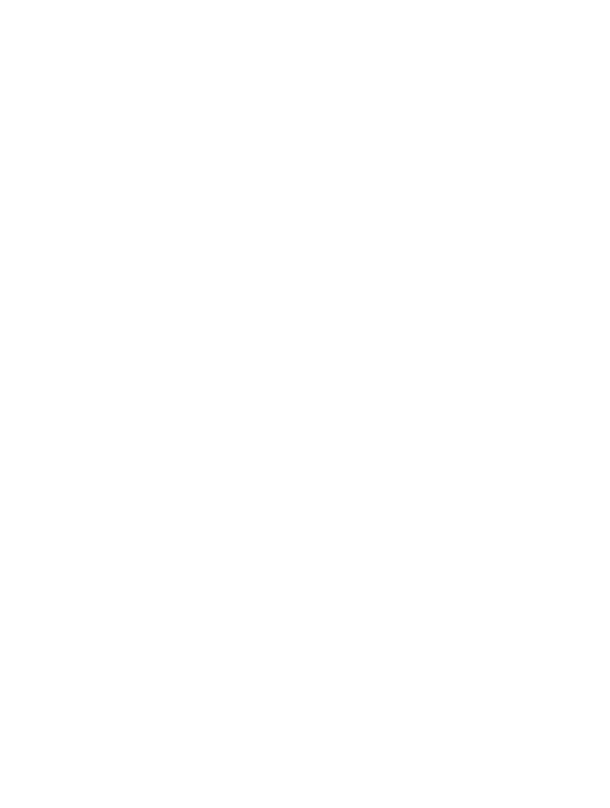
Sylvie Vandenhoecke: Conversation piece
Photo: Sylvie Vandenhoecke
|
|
|
|
|

|

|

|
Contemporary glass art in Flanders took some time to get going as there was virtually no training. Since ancient times there was, however, a tradition of stained glass windows. Especially, of course -but not only- for churches. But that is a different approach to the material glass. There are a few artists in Flanders that are well-known far beyond the boundaries, and the training for master glass painter is also guaranteed in some prestigious art schools in our country. Other than that there was the distant memory of the De Rupel glassworks in Boom, and only the famous Val Saint Lambert in Seraing was mentioned in Belgium. Whenever our king went on a foreign visit, he invariably dragged a crystal vase or bowl from that famous glass company along. The famous company that filed for bankruptcy on 11 October 2013.
If you have nothing, you can show nothing. That is why Belgians for a long time were conspicuous by their absence at glass exhibitions. Nearly 35 years ago, an international retrospective was held like New Glass - A Worldwide Survey in New York in 1980. There, only work by stained glass and mirror artist Michel Martens (1921-2006) was shown, a pioneer of contemporary glass art in Flanders, with his ‘Gekke Spiegels’ (Crazy Mirrors). At Expressions en Verre in Lausanne in 1989, not even a single Belgian artist was to be seen. In 1990 in Dusseldorf the exhibition Neues Glas in Europa was shown: Edward Leibovitz single-handedly upheld the honour of Belgium. The exhibition Glas, van drinkbeker tot kunstobject (Glass, from drinking cup to art object), that same year in the Sterckshof, Provincial Museum of Arts and Crafts -now the Zilvermuseum- in Deurne and at two locations in the centre of Antwerp, had of course a few homegrown artists to offer. Because the Antwerp group L’Anverre exhibited separately in the deconsecrated Saint Augustine Church, now the AMUZ concert hall.
|
|
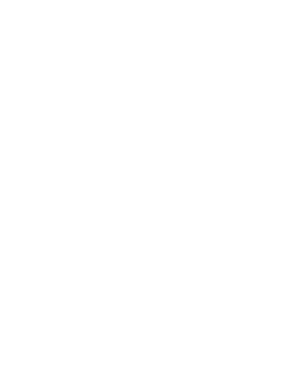
Edward Leibovitz: Fantasie van Spinoza en Mendelssohn
|
|
|
|
|

|

|

|
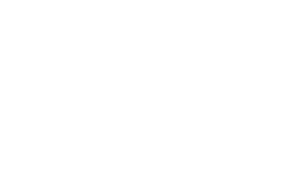
Sandra De Clerck: Womanhood
Photo: Chantal Pollier
|
|
But today glass in Flanders is over its teething troubles. It now fits in with what already existed in other countries: a thorough and varied selection of art glass, thanks to -among others- a few efficient training opportunities. First of all, there is the IKA, Institute of Arts and Crafts in Mechelen, for over 25 years already, which sent an excellent exhibition to as far as northern Germany and Finland a few years ago.
In addition, Sint-Lucas Visual Arts Ghent (Sint-Lucas Beeldende Kunst Gent) and the PXL University College (Provinciale Hogeschool Limburg) in Hasselt provide a broad educational program. And the City Academy of Berchem (Stedelijke Academie van Berchem) also joins in, and there are certainly more art schools with a Glass department. The municipality of Lommel is located in a region where the purest, globally acclaimed silver sand is found for glass production. So the municipal authorities rather liked the idea of establishing a Glass House with a well-equipped glassblowing workshop, an exhibition hall and a shop. Director of the GlazenHuis (Glass House) is Jeroen Maes, who is familiar with the practice of glass art. This initiative led to a sharp rise in interest all over the country. Meanwhile, already in 1990 the Flemish Association of Glass Artists (VVG) was founded with as many as 119 names on the membership list in 1998. Not only artists but also sympathizers – like the author of this article. This proves that the Flemish glass furnace gradually warmed up. The association, which was renamed GLASS-S.BE in 2006, is carried by the stained-glass artists especially.
Of course, young people from here more and more want to improve their skills by going abroad. Just across the French border, under Maubeuge, in the village of Sars-Poteries already for many years the Musée-Atelier du Verre is established, created out of nostalgia for the former factory of utility glass. The place is perfectly equipped with all the possibilities of glass working, regularly organizing exhibitions, training courses for artists and activities for young people. Program organizer Anne Vanlatum – from Bruges, Belgium – tells me that the Flemish interns are especially interested in glassblowing. Some Flemings study at the famous Glass Department of the Gerrit Rietveld Academy in Amsterdam. But they are not afraid to look even further away, such as the village of Frauenau in Bavaria, on the Czech border, a wooded area that used to have a flourishing glass industry, too. There you will find about the same facilities as in Sars-Poteries, only the internships, symposia and exhibitions are organized mainly in summer, also attended by Belgians practically every year. For several years now, glass collector Dirk Schrijvers regularly organizes glass art exhibitions in his AD Gallery&Consultancy at the Grote Koraalberg in Antwerp. His personal exquisite collection, built up from the early 1980s, is in the Design Museum in Ghent – unfortunately not on show at present.
|
|
|
|
|

|

|

|
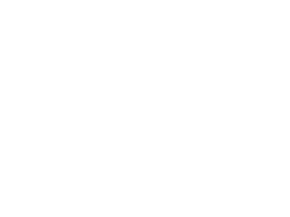
Warner Berckmans: Juju Space Jazz
Photo: Warner Berckmans
|
|
The processing of glass, especially glass blowing, is a pretty spectacular activity. More and more artists have their own studios that are occasionally open to visitors, who are captivated by the process. Responding to that interest some glassmakers in Lier and environs are organizing a ‘Glass Route’ every two years since 1996. During the first edition, the work of 10 artists was on show in 4 studios. The success encouraged the organizers to expand and during the eighth edition in 2010 80 artists were represented, including of course many from other countries. The works were on show in private homes, in studios and in gardens. Some time later, in 2003, also in Ghent a biennial glass event started: Diafaan (Diaphan), alternating with Lier’s Glass Route. The third edition counted 29 participants, the fourth nearly 50 and the fifth 39.
Of course, also beyond our borders you will find regular meetings between glassmakers and their admirers, in the Netherlands for example. In Leerdam, city of the glass factory of the same name, which is now fashionably called ‘Royal Leerdam Crystal’, for already 25 years now the Glaskunstbeurs (Glass Art Fair) is held. Artists -also Flemish- hire a booth there. For already 17 years, Tubbergen, in the province of Overijsel, organizes Glasrijk Tubbergen in autumn, where also Flemish artists present themselves. Once a year, the village is flooded with glass art. So there are indeed many stimulating activities; there is a lot going on in the world of glass art in our regions.
Not at all unimportant for the recognition of glass as an art medium is its integration in the work of important autonomous artists. Like Jan Fabre’s well-known little owl – or the pigeons at his exhibition in the Louvre – or the stained glass windows by Wim Delvoye, or the integration of glass in the compositions of Hans Op de Beeck, Leo Copers, Koen Vanmechelen and Ann Veronica Janssens.
|
|
|
|
|

|

|

|
A result of all this is a certain popularity of glass among many young people who want to express themselves. When I put the names on the various exhibition lists together, I count about 96 participants, who can all be found on the internet. Many have a website. Not surprisingly, viewing the photos I conclude that not all of them are celebrities. Most of the youngsters are especially fascinated by the matter and its very special working methods. They cling to the technique, and once they have a certain command of that, they wonder how they can start something meaningful with it. In many cases they try to perform the technique as professionally as possible, while the artistic aspect gets stuck on a more or less acceptable hobby level.
When glass as an art medium began to break through one never heard the makers say among themselves: “Oh, that is so good, that is so beautiful”, but always: “How did you do it?”. That is a passage preceding the development to a solid artistic vision. That vision does not come up just like that, especially when a not only new but also technically demanding method requires all attention. Obviously, free expression in glass demands a high level of implementation right away. Seemingly obvious work pieces are often the hardest to achieve. The matured artist adds his own tricks of the trade to the basic practice over the years. Glass is particularly attractive to the eye, and very soon the unsuspecting spectator appreciates objects in glass as beautiful because of that material grace, while they are sometimes still very imperfect. This reflection is not at all meant to discourage many adepts, but rather encourage them to self-criticism, and to refine their artistic, expressive alertness. Having a way of expression is one thing, but one should also have something to tell.
The glass artists in our regions mainly use the hot glass techniques. But let us certainly not forget that quite a few glass painters master many aspects of the trade, and various techniques -hot or cold. A classification in methods is therefore never complete. Most glass artists have, however, a preference for a certain way of designing. One can say that of the 95 registered artists – two thirds are women – 23 prefer glass blowing, and 34 are mainly working with the other hot techniques like fusing, slumping, pâte-de-verre, less work with the gas burner. 15 Artists prefer sawing, engraving, chiselling, gluing - the cold processing techniques therefore. I made a separate section of 14 adepts with monumental work which comes out well in nature or in a building, and are mainly made with cold processing techniques. There the 9 stained glass artists fit in, as stained glass windows are in principle created with cold glass techniques.
|
|
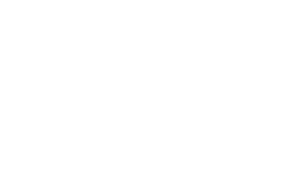
Carine Neutjens: Geel object
Photo: SprAzzo
|
|
|
|
|

|

|

|
A few personalities
In a short story we cannot possibly pay attention to all artists. So you will find here a personal selection of artists who look beyond the mere creation of forms. These examples are not to be found only in Flanders but are also well-known outside the glass scene. And I will try to divide them adequately among the various methods.
First of all, the glassblowers: Wouter Bolangier finds inspiration in the reflection on life, transience, relationship and religion. Among other things he blows various monochrome candle stands that can be exhibited in a religious context. In 2005, however, in the basement of De Zwarte Panter in Antwerp he put sheets of float glass, brought together in a Plankenkeurslijf (straitjacket of shelves) through which evocatively a saw was placed.
Pierre Declerck previously worked as a potter, with attention to small, graceful shapes. After a visit and an internship in Sars-Poteries he fell under the spell of glass and he became a glassmaker. He blows figurines and bowl shapes with the use of glass beads. For him, the endurance of the heavy work is an important theme.
With a virtuoso technique, Eric Pepien makes small figures which resemble organic mythical creatures. His classes and workshops at the IKA in Mechelen, Sint-Lucas Beeldende Kunst in Ghent, and the GlazenHuis in Lommel are greatly appreciated.
Anna Torfs especially makes a career at the Ajeto Glassworks in Lindava, Czech Republic.
There she designs stout, round vases and bowls with a thick wall and a subtle use of colour. Three young female artists made a remarkable leap forward in recent years: Zuz (Katrijn Schatteman) from Lokeren, Ilse Van Roy from Hasselt and Mariken Dumon from Ghent. Zuz and Ilse Van Roy were nominated for the desirable Bernardine de Neeve Award while Mariken Dumon won this coveted Dutch award in 2011. This award is named after the former chief curator of Applied Arts of the Museum Boijmans van Beuningen in Rotterdam, who developed an acquisition policy for glass art at this museum. These three artists show passion and talent, and usually know exactly what they want to achieve with their forms.
Marie de Bruyn strips the glass of its superfluous connections and lets full blowing shapes in white and transparent matter just be what they are.
Inge Goossens hangs small, usually blown shapes on standing branches or in trees, and is looking for the relationship between the self-made organic forms and those made by nature. And of course Giampaolo Amoruso should not be missed out, the cheerful Italian from West Flanders who moves everyone with his Botero-like figurines.
|
|
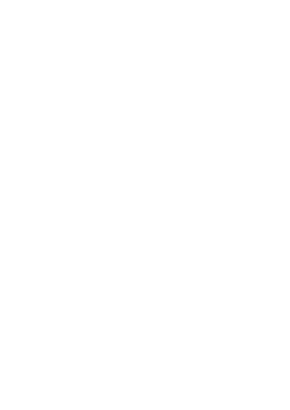
|
|
|
|
|

|

|

|
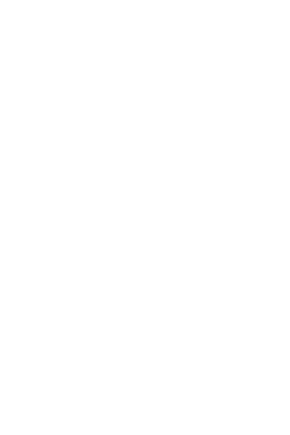
Katrijn Schatteman: Ourppe
Photo: Ludo Noël
|
|
In the other hot working techniques Flemish artists are also well represented. Sandra De Clerck, esteemed head of IKA’s Glass Studio, makes lamb carcasses, a woman’s torso or a row of breasts, illustrating her compassion for the weak of the earth and for the living conditions of many women. When in its 2006 winter issue the magazine Neues Glas published a long article under the title Glass in Belgium: Growing up, that statement was largely due to Sandra’s driving force.
Ingrid Arts is known for her intimate small ‘cottages’ with a poetic filling-in of vague figures and characters.
Isabelle Dethoor is searching for the experiment, exploring the limits of combining materials and techniques. But the result is still surprisingly simple and convincing.
In glass art Carine Neutjens is known as a ‘virtuoso’ in working with glass paste. She thus creates organically flowing bowl shapes in soft pastel colours, with a glimmer of weathering on the walls.
After Lucas Beeldende Kunst in Ghent, Pia Raeymaekers went to the Czech Republic, Sunderland (UK) and Portstewart (Northern Ireland) for the completion of her studies. Some of her transparent forms seem to be carved straight out of a cavern.
Ivo Teuwen is a special case. He is a guitarist, photographer and glass artist, with a good feeling for spaciousness and dosage.
In Bavo Tiebos’ view glass does not just have to be isolated. He puts a link to ceramics and architecture with rippling surfaces.
Hennie Van Engeland, driving force behind the Glass Route, creates small organically inspired objects with strong graphic accents.
Through a training course on blowing glass tubes during a Chemistry study, the glass microbe got hold of Koen Vanderstukken. He now is a teacher in Canada and an esteemed artist from Ghent to Oakville, Ontario. His monumental, sometimes anthropomorphic stelae, sand casted, are originally inspired by African masks.
Sylvie Vandenhoucke learned the art of goldsmithing and glass working, and won a prize at Talente in Munich in 1997 with refined bowls. Afterwards, her work took a very different turn, and she made panels in pâte-de-verre with a subtle, frail message. She draws a lot, works with wood. She might well be the glass artist who connects best with a form of expression that transcends matter.
|
|
|
|
|

|

|

|
Many artists apply cold processing techniques to glass that got its basic shape through hot processing techniques. I am thinking of Edward Leibovitz, who was a pioneer in Flanders. In blown, organic components – a leg, a little devil – and in flat glass he exhibits his virtuoso skills in the most diverse cold working techniques, with a great sense for the absurd, with lots of humour and with not always covert criticism on society. He also created stained glass windows, e.g. for an Antwerp synagogue.
There are some artists who create large, architectural work. I am thinking of Sebastiaan Coppens and Bo De Baets who put their glass sheets and rods upright in a natural environment. Jan-Willem van Zijst often uses nature and photographs as a starting point and is a master at finding the relationship with the environment for his widely spread works. I saw an installation by Petra Decaluwé with hanging white, blown body parts, spread across a meadow. Also Inge Panneels, working in Scotland, dares to handle large panels, like the very colourful ‘maps’ that are now in the new museum in Liverpool.
|
|
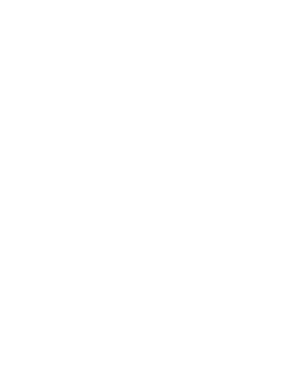
|
|
|
|
|
|
|
|
|
|